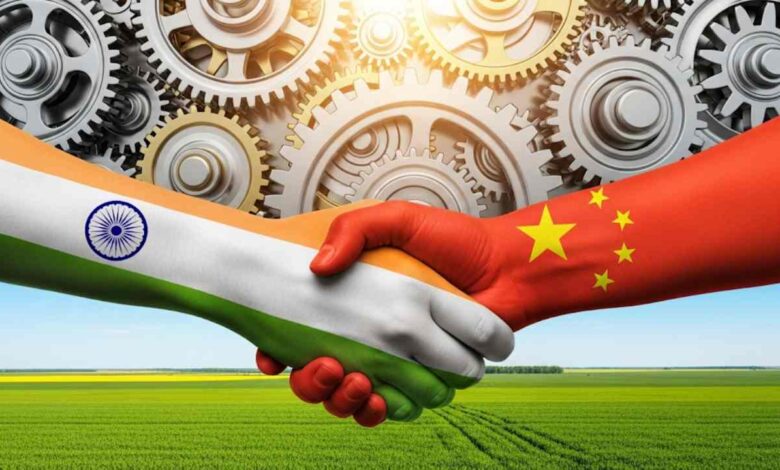India-China Relations: Is India Moving Closer to China, Away from the US?

India-China Relations: In the recent geopolitical context, the relationship between India and China has taken a new turn. For the first time since the 2020 Galwan Valley tensions, a high-level Chinese official, Foreign Minister Wang Yi, has visited India. This visit not only signals a thawing of diplomatic ice but has also resulted in some crucial trade decisions that are a great relief for India’s industrial and agricultural sectors. There was a time when US-India relations were very strong, but that equation has now changed, with India and China uniting against the US. Following this visit, China has lifted export restrictions on various essential goods to India, which is considered a major step in the relationship between the two countries.
The Chinese Foreign Minister’s Visit to India and Its Significance
Chinese Foreign Minister Wang Yi’s visit to India was highly significant. He met with India’s National Security Advisor Ajit Doval and External Affairs Minister S. Jaishankar. The discussions primarily focused on reducing border tensions, de-escalation, disengagement, and preventing the recurrence of incidents like the Galwan clash. It was after this meeting that China announced the lifting of its export ban on several goods essential for India, marking a major win for the country.
What Restrictions Were Lifted?
Three major sectors in India will be greatly benefited by China’s decision. The items from which the restrictions have been lifted are:
- Rare Earth Magnets: These magnets are essential for manufacturing EV motors, wind turbines, electronics, and defense equipment. China is the world’s largest supplier of these magnets. The ban had created a risk of production halts in India’s automobile industry.
- Fertilizers: India imports about 80% of its required specialty fertilizers from China. China had imposed restrictions on fertilizers like DAP (Di-ammonium Phosphate), MAP (Mono-ammonium Phosphate), and calcium nitrate, putting India’s agriculture, especially the horticulture sector, at great risk.
- Tunnel Boring Machines (TBMs): These machines are crucial for India’s various infrastructure projects, such as metro and high-speed rail lines. The unavailability of these machines had stalled work on many projects.
The Strategy Behind This Move
The strategic thinking of both countries played a role in this decision.
Get Instant News Updates!
Join on Telegram- India’s Perspective: Due to tariffs imposed by the previous US administration, India could no longer see the United States as a reliable trade partner. Therefore, India is looking to diversify its trade partners and reduce its over-dependence on the US market.
- China’s Perspective: China does not want India to move closer to the United States. Therefore, by improving trade relations and reducing border tensions, China aims to keep India away from the US bloc.
Future Steps and Caution
Although China’s decision to lift the ban is a great relief for India, experts believe that placing 100% trust in China would not be wise. India should strive for self-reliance and further diversify its supply chains. However, in the current situation, this trade agreement is a win-win for both nations. It will relieve India from high import costs while allowing China to access a large market for its exports. This step could give a new direction to India-China relations.

